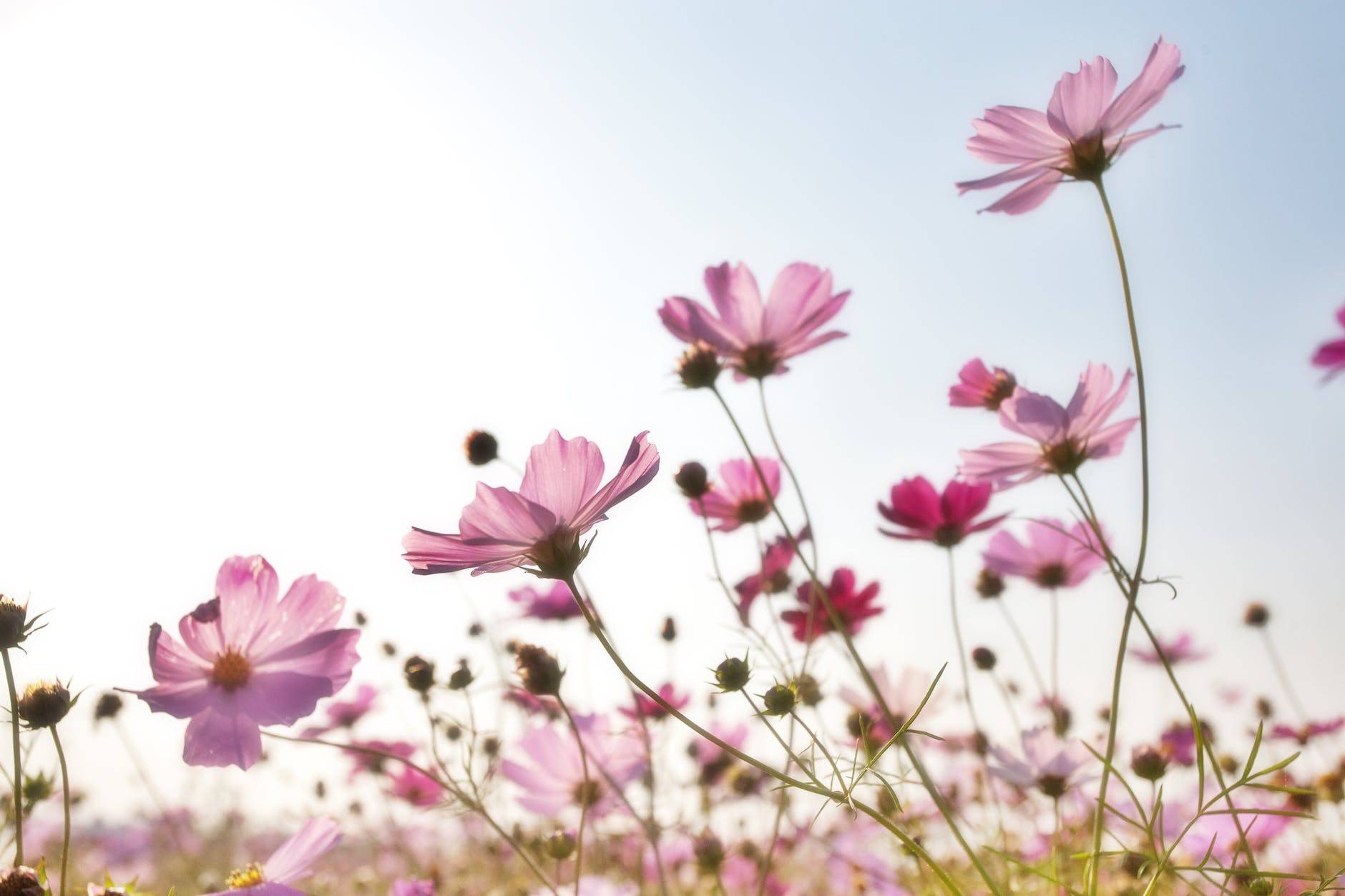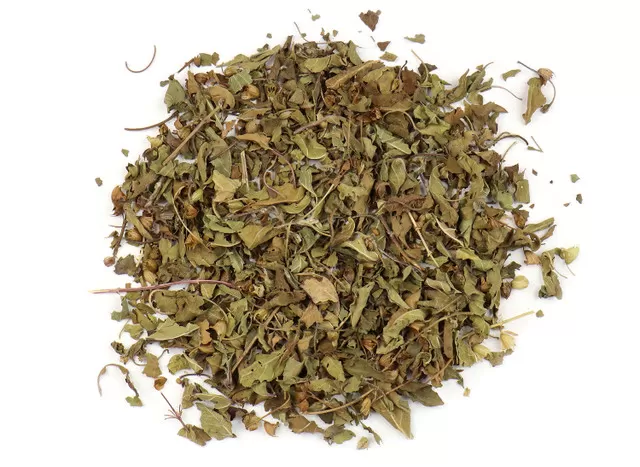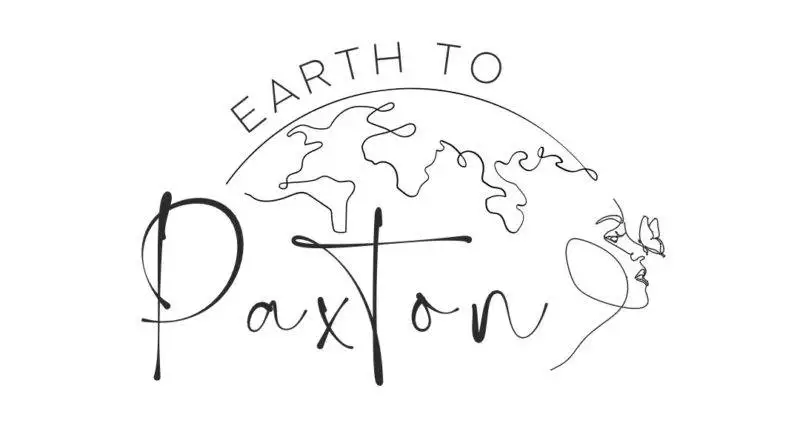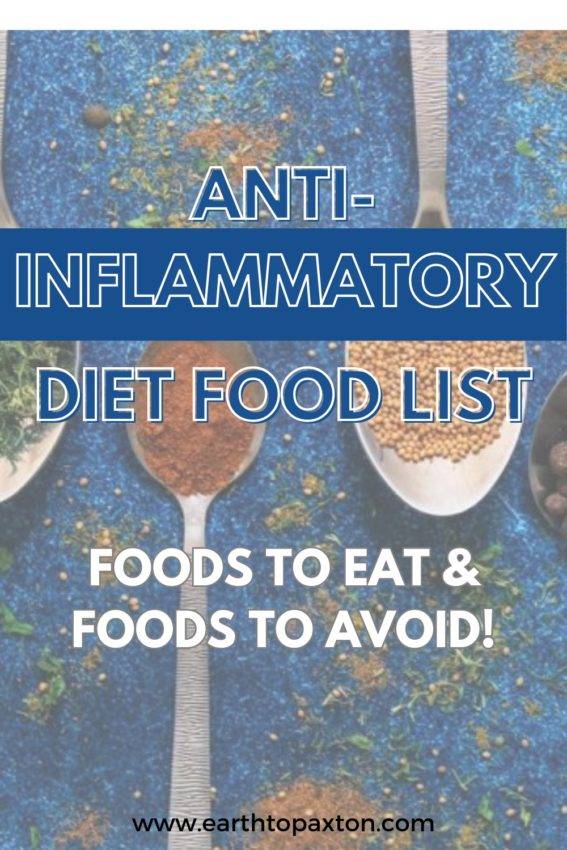The information provided on the blog and the material linked are for educational purposes only and does not substitute for professional medical advice. Please consult a medical professional with any questions or concerns.
You might not realize it, but our surroundings are packed with natural healing properties. Commonly found in nature (and our kitchens too), chamomile, ginger, garlic, lavender, along with many others, can be used in holistic healing. Medicinal plants have profound effects on many different ailments and can be used as preventative care or on your journey toward holistic healing.

What is Holistic Healing?
The word holistic derives from the Greek word “holo” meaning whole. According to St. Catherine University, holistic health involves healing the body, mind, and spirit, as well as the relationships and the spaces we inhabit.
Rather than focusing on the sickness or specific health concern, holistic health recognizes that all things are connected.
Suzan Walter believes that wellness is an ongoing journey, more specifically, a lifestyle. This lifestyle involves preventing illness, both mentally and physically.

Our bodies do a really good job of telling us when something is wrong. Pain, swelling, digestive issues, acne, etc. Holistic health is uncovering the root cause of the issue instead of masking it with medication.
While choosing a more natural approach to healing, medicinal plants can come in quite handy.
What Are Medicinal Plants?
Since the beginning of time people have used plants to heal ailments, cure diseases, and restore overall health says the US Forest Service. Additionally, stating thousands of indigenous plants have been used as medicine over time.

Our most direct connection to these medicinal plants today is probably from our bagged tea or seasonings. Basil, chamomile, peppermint, and parsley all have powerful medicinal properties like immune support or allergy relief.
I fully believe the herbs provided to us by Mother Nature are 100% for the purpose of healing and rejuvenating us as beings.
Now that we’ve covered holistic health, let’s discuss some common plants and their medicinal properties!
But first, you should know, Mountain Rose Herbs is my favorite place to purchase herbs. Growing organically since 1999, this brand has the highest standards, providing the highest quality herbs out there. All links and images below will direct you to their page to purchase. Enjoy!
Holy Basil

Holy Basil, indigenous to India, is loaded with health benefits. According to this article by Botanic Gardens, holy basil is anti-inflammatory, antimicrobial, and also acts as a cough medicine. They also say holy basil can be directly applied to the skin to remedy insect stings and ringworm.
Often referred to as tulsi, this herb acts as a protector fending off heavy metals, stress, and even excess noise reports Dr. Axe.
Holy basil can be consumed as a tea, supplements, and can even be found in the form of an essential oil.
Chamomile

Chamomile is most well-known for his wonderful assistance in reducing stress and anxiety. James Dixon says that it increases your brain’s dopamine, noradrenaline, and serotonin levels.
Motherwort
Motherwort is also known for its ability to calm and relieve stress. Ironically, motherwort can help new mothers (and fathers) soften the edge brought on sleep deprivation says Juliet Blankespoor. She continues to say this herb helped her give birth and can assist women with menopause symptoms.

This medicinal plant is most popularly consumed after being steeped in hot water, but it also comes in a capsule.
Peppermint
Peppermint is frequently found in our mints and gum, but did you know peppermint is great for upset stomach and nausea? Mount Sinai says peppermint aids in digestion as is allows uncomfortable gas to pass, reduces bloating, and can treat symptoms of IBS and diarrhea.

Parsley
Parsley is much more than a garnish. This beautiful leaf is loaded with medicinal properties, including maintaining blood pressure and cholesterol. It also encourages circulation and strengthens blood vessels reports Conserve Energy Future.
Rich in vitamin K, parsley helps with blood clotting, regulating blood sugar, and protects your kidneys according to this article by the India Times.
Ginger

Often added to Asian cuisine, ginger can add wonderful flavor to any dish. Naturally anti-inflammatory, this root can have a positive impact on rheumatoid arthritis says Emma Slattery. She continues with saying that ginger is a non-pharmaceutical alternative for morning sickness or nausea.

I personally love the flavor of ginger, but it can be overbearing to some. If you want the benefits but need to tone it down a bit, try juicing it. You can easily cover up the flavor with the other fruits and vegetables like carrot or orange.
Garlic
Garlic is often the star of the show. Rightfully so, garlic is a superfood. Great at fending off infection, heart disease, and dementia suggested in this article by proflowers.
Because of its pungent nature, it keeps you free from cold and flu. Interestingly enough, before antibiotics or pharmaceuticals were available, garlic was used to aid in epidemics like influenza.
Lavender

Lavender is so lovely. With such a wonderful and calming presence, lavender assists us in feeling relaxed after a long day.
Besides reducing stress and anxiety, this medicinal plant contains antiseptic and anti-inflammatory properties that can fight fungal and bacterial infections says Ashley Zlatopolsky.
There has also been a profound connection between lavender and our nervous system. Studies including Lavender and the Nervous System, and many others, suggest that lavender is effective in treating many neurological disorders like Alzheimer’s.
Dandelion
Dandelion is much more than a yard weed. It’s not only an excellent source of vitamins and minerals, but it’s loaded with healing properties. According to Life Botanics, dandelion supports blood sugar regulation, liver health, the immune system, blood pressure, and cholesterol levels.

Wonderful in a tea but also even more wonderful when caramelized into a unique vegan honey. Check out this recipe.
Milk Thistle
Native to Europe, milk thistle is by no means a white liquid. It’s actually a beautiful pink puff ball of a flower. Often used to treat liver diseases, milk thistle assists with cancer, diabetes, hepatitis, non-alcoholic fatty liver disease says Costa and Camini.
Milk thistle is known to increase many chemotherapy drugs when treating a few reproductive cancers outlines Lubeck, RD.
Feverfew
There are more than a few benefits from feverfew. This herbal remedy is used to combat fevers, lower inflammation, treat acne, cure migraines and much more. Feverfew is not recommended for breastfeeding or pregnant mothers.

Saint John’s Wort
This medicinal plant is used to improve mild to moderate depression says URMC. This anxiety curing herb is great at managing fatigue, symptoms of menopause, ADHD, and insomnia reports MSKCC.
There is no other way to describe medicinal plants than magic. Incorporating even just one of these into your daily lives will benefit you tremendously.

Next time you are suffering from a headache, menstrual cramps, or something similar, ditch the pills and steep yourself a cup of herbal tea and enjoy.
This post contains affiliate links meaning I may earn a commission, at no extra cost to you, if you make a purchase using these links. That being said, I only recommend products I love and trust.




